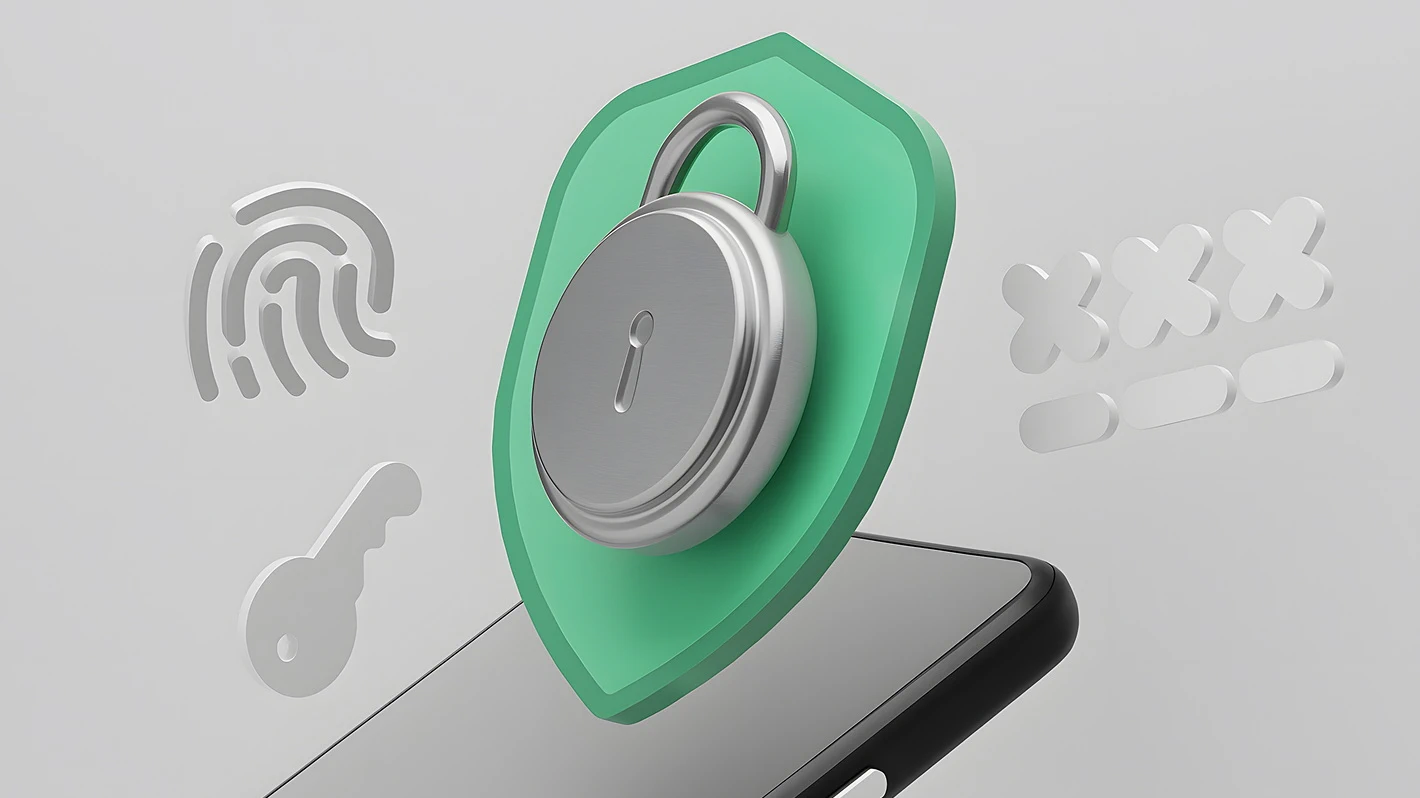Web3, also known as Web 3.0 is taking over the internet bit by bit. Its aim to decentralize the internet and give more power to the people has it being touted as the way of the future. Needless to say, it begs a lot of questions. At the top of that list are what is it, what does it have in store for us, and how can companies capitalize on Web3 to transform the customer experience as we know it?

Backtrack: What are Web 1.0 and Web 2.0?
When you think of the internet, what comes to mind? For some, it’s the simple joys of streaming movies and music on the go. For others, it’s the convenience of online banking, trading, and shopping or the professional development of videoconferences and Zoom meetings. For most, it’s social media. And they’re all right—none of these things would be possible without the internet.
They also have something else in common. All of them require users to submit their personal information (query) to access their intended purpose (result). Web3 companies recognize these seemingly minuscule tradeoffs for what they are: invasive. Gatekeeping companies include the biggest names out there, like Google, which handles 91.88% of the world’s search queries. It also includes YouTube, which services over 2.6 billion users each month. Meanwhile, social media platforms like Twitter, Facebook, TikTok, and the like will require you to sign up for their service before your can post your own media creations. Though you remain the owner of your content and have full rights, signing up for a social media platform still means giving them control of your content. In short, today’s consumers trade their personal data to access popular sites and social platforms. Web3 aims to change that.
Unlike Web3, Web2 is About the Socialization of the Web and the Dominance of Gatekeeper Companies
As you’d guess, these gatekeeping companies stand to earn a pretty penny from the trove of data they process every day. Brands buy it to learn who to target and how to do it.
That’s the essence of Web 2.0, yet you get nothing out of it. At its core, it’s a participative social Web where information regularly gets exchanged between users, gatekeeper platforms, and companies. Before Web 2.0, there was Web 1.0—a much simpler technology that provided all the available information online via text. Think of the old electronic bulletin boards and alt.net servers of the 80s and early 90s.
Web3 Wants To Free the Internet from Gatekeeper Companies
Before we talk about Web 3.0, it’s important to note that the internet itself isn’t like hardware or software that requires a complete overhaul when moving from one version to the next. While hardware requires replacing the unit and software requires downloading an installer, the transition from Web 2.0 to Web 3.0 is more gradual. Think of it as similar to the regeneration process of human skin. Skin cells die and fall off only to be replaced by new cells. It happens so slowly and inconspicuously that we don’t even know it’s happening.
Simply put, Web3 aims to do away with the gatekeepers of information. It does so by eliminating the need for users to go through platforms to get the information or action they want. When all is said and done, users will be free to manage their own content. Instead of platforms monetizing data, owners can set access and directly benefit from their own content. This innovative customer experience strategy can lead to improved customer satisfaction and an overall better customer experience.
Blockchain Technology Makes It Possible
Of course, decentralizing information makes it vulnerable to exploitation. To combat these risks, Web3 managed to incorporate blockchain technology for security. Best of all, it doesn’t require any third-party intervention or verification.
Basically, blockchain is a database consisting of a sequence of data entries called blocks. The security aspect of blockchains is that any outside attempt to change one entry will cause a chain reaction that will halt the entire chain. Therefore, any transactions involving blockchains must follow the established rules and order. This makes blockchains a perfect record-keeping medium for things like digital currency, individual content, and other online assets.
Right now, Web3 companies that are heavily invested in blockchain technology are mostly cryptocurrency exchange sites, such as Binance or Coinbase. As the demand for more sophisticated blockchain solutions grows, blockchain development companies are increasingly being sought after to meet the unique needs of various industries. However, the technology still has a way to go before major companies fully adopt it for their record-keeping and transactional requirements, especially those that rely heavily on managed hosting solutions. Moreover, it still faces a lot of environmental, ethical, and regulatory questions. Still, make no mistake: Web3 is already happening, and blockchain technology will play a large part in bringing it to the masses. It won’t be long before more mainstream Web3 companies emerge.
Impact of Web3 on Customer Support Outsourcing

Given that Web3’s focus is on decentralizing the internet and removing gatekeeping companies, what does it mean for businesses like outsourcing companies? Right now, many customers remain wary of how companies manage the information they share with them.
Businesses should be working overtime to alleviate these concerns and forge stronger customer relationships in the process. Furthermore, brands must also accept that with the decentralization of data, the consumer is now more empowered than ever. Instead of insisting on their traditional beliefs centered on the brand voice and image, they should start embracing the notion of an equally decentralized system that encourages participation and collaboration with consumers.
Online Commerce
One of the benefits of Web3 is the streamlining of the buyer’s journey. Instead of making customers jump through hoops or switch between sites or channels, Web3 technology can turn the tables by introducing a hyper-personalized buying experience. Bots powered by artificial intelligence and machine learning can pick up on a customer’s buying pattern and generate recommendations that are limited to in-store items. Rather than become reactionary to every selected product, the updated virtual shopping assistant will come up with additional recommendations based on live data.
On E-Commerce Outsourcing
Internet shopping as we know it could also transform as soon as Web3 comes to fruition. Consumers will no longer have to move from one site or app to another to complete a transaction or accomplish anything online.
Web 3.0 will permit an ultra-personalized shopping experience with an intelligent bot that can search through the cloud and offer recommendations based on all the customer’s information—from physical features and demographics to behaviors and beliefs. In short, it can anticipate one’s needs based on the data it’s gathered.
Outsource Support Needed More Than Ever for Web3 Companies
As businesses scramble to take advantage of Web3’s revolutionary new features, they’ll need all the help they can get to retrofit their sites and systems. Accommodating Web3 features will require retooling a company’s Web2-optimized systems. Who better to bring the much-needed expertise, staffing, and tools to budding Web3-hopeful companies than veteran outsourcing companies?
Of course, there’s always the option of doing it yourself in-house. But, Web3 is more of a marathon than a sprint, so designating a large chunk of your staff and resources to retrofit your system to Web3 standards may end up backfiring long-term. Avoid the risks entirely by partnering with outsourcing veterans who relish the challenge.
Innovating Customer Satisfaction Strategy With Web3

This next iteration of the web presents multiple opportunities for brands to elevate their relationships with their customers. Brands should continue to recognize and give more power to their customers through participatory programs. In return, they can expect higher rates of customer satisfaction, loyalty, and customer lifetime values.
Apart from alleviating data privacy concerns, what else does Web3 technology have in store for customers, you ask? Well, it also aims to transform the consumer from a cash cow to a partner with the companies they patronize.
Non-Fungible Tokens (NFTs)
The idea of non-fungible tokens (NFTs) is changing the way people look at digital assets. Previously, customers had little idea of what to expect from their digital purchases, such as audio files, artworks, or even blocks of text. Attaching a non-fungible token to an asset provides it with a certification of authenticity and confirms its limited availability. It also means that the purchase comes with intellectual property rights to the unique asset as well as total freedom to create content using the asset and then monetize said content. They can either sell derivative assets based on the original work or the entire asset in the open market.
NFTs work because they’re based on blockchain technology. This basically guarantees the authenticity and true ownership of each asset. As a result, transacting with digital work—such as trading, buying, or selling—became an easier and more secure process.
Better Community Collaboration
Web3 technology also opens up incredible opportunities for companies and customers to collaborate on programs. Unlike Web2, the new internet provides governance, which essentially awards stakeholders a voice in certain matters. For example, a brand can award customers a vote for every purchase. This vote can be used to determine the company’s next jelly bean flavor, new shoe colorway, or even a mascot name. Rather than risk assigning these important decisions to the entire internet, companies can selectively choose to provide this privilege to loyal customers. In return, the audience gets to feel a special kinship as it gets to participate in an important brand decision.
Web3’s Benefits for Customer Experience

Trust Issues on Data Collection
A 2021 KMPG survey crystallized the situation on data privacy. Nearly nine out of ten consumers said that they feel a growing concern about the matter, while 78% raised fears that companies are collecting too much information. A notable 40% don’t trust companies that collect personal data to use that information ethically altogether. Meanwhile, 13% don’t even trust the companies they work for to manage private data. These roadblocks are preventing companies from devising a winning customer experience strategy, because they’re contingent on clients trusting companies with their data.
Considering how some companies deal with data, even business owners themselves are wary about data collection. The same survey reported that 62% felt that their firms need to further protect the customer data they collect, while 33% said that consumers should worry about how their company uses the collected data. Even worse, an alarming 29% of executives admitted that their company sometimes uses unethical methods to gather private customer information.
Web3 Can Assuage Fears that Companies Abuse Their Data Collection
By introducing decentralization tools like blockchain technology, Web3 can potentially reduce or eliminate customer concerns about using or abusing their private data. Adding a web 3.0 strategy focused on improving customer experience management can help reduce this distrust. Blockchain provides users the ability to manage their personal information, which restricts companies from using collected data only for purposes approved by the owner. Even better, the customer can choose to turn off customer data sharing at any time.
Companies that adopt Web 3.0 technology can expect an upward bump in customer loyalty. Their customers will also be more willing to engage in feedback and marketing programs like surveys and mailing lists. This will undoubtedly become a boon for customer support outsourcing companies, as they will gain a more trusting, engaged clientele.
For Web2 Businesses Planning to Transform into Web3 Companies, Let Outsourcing Take You There
There are no two ways about it: Web3 is the future of the internet. While its lofty goal of decentralizing the internet is long overdue, refitting your systems to seamlessly adapt to Web3 technology is a huge undertaking. Passing the torch to outsourcing companies can minimize disruptions and keep your business moving forward. In addition, Web 3.0 helps companies implement customer experience strategies that respect their customers’ rights to data privacy. Doing so is the best example of successful customer experience management.
Luckily for you, Helpware loves the challenge of embracing tomorrow. Better yet, we’ve got the solution—that protects users while meeting industry regulations— for you. Learn more about how Helpware can help you transition from Web2 to Web3 with as little disruption as possible. Contact us to elevate your customer experience, business, and bottom line today!














